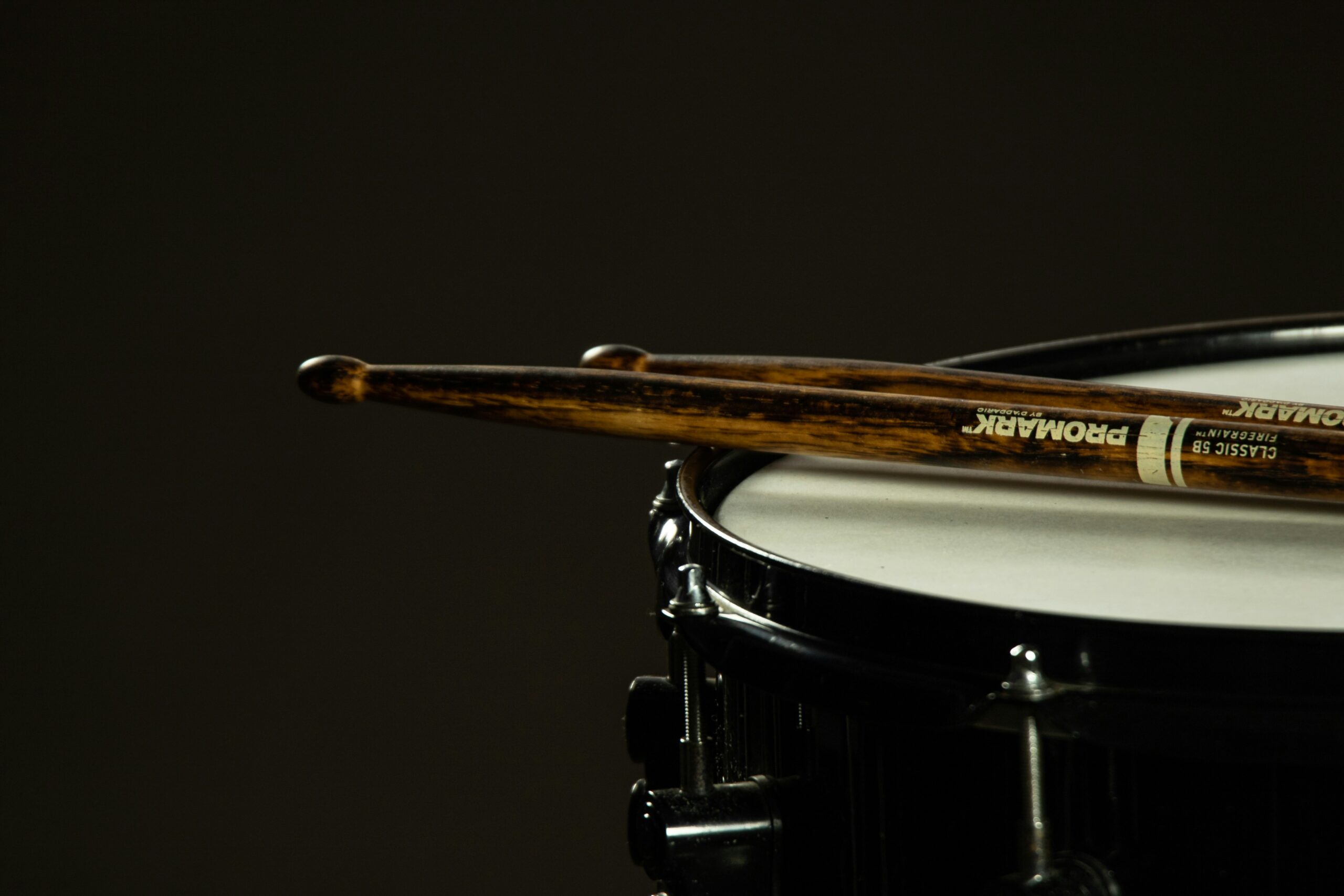A Comparison of Western and Eastern Music Styles: A Perspective on Harmony and Melody
Music is a universal language that transcends cultural boundaries. It has the power to evoke emotions, tell stories, and bring people together. While there are countless genres and styles of music around the world, two distinct styles that have gained global recognition are Western and Eastern music.
Western Music: A Harmonious Blend
Western music, particularly that of Europe and North America, is known for its emphasis on harmony. Harmony refers to the combination of different musical notes played simultaneously to create a pleasing sound. This style of music is characterized by its complex chord progressions, rich harmonies, and structured compositions.
In Western music, instruments such as the piano, guitar, and violin are commonly used to create harmony. These instruments are often played together in ensembles or orchestras, where each instrument contributes to the overall harmonious sound. The use of sheet music and notation is also prevalent in Western music, allowing musicians to accurately reproduce the intended harmonies.
One notable aspect of Western music is its focus on individual expression. Musicians are encouraged to showcase their technical skills and creativity through solos and improvisation. This emphasis on individuality has led to the development of various genres within Western music, including classical, jazz, rock, and pop.
Eastern Music: The Melodic Journey
Eastern music, on the other hand, places a greater emphasis on melody. Melody refers to a sequence of musical notes played one after another, creating a memorable and tuneful line. Unlike Western music, Eastern music often lacks the complex harmonies found in Western compositions.
Instruments such as the sitar, tabla, and erhu are commonly used in Eastern music to create melodic lines. These instruments are often played solo or in small ensembles, where the focus is on the interplay between melody and rhythm. Improvisation also plays a significant role in Eastern music, allowing musicians to explore different melodic variations and express their emotions.
Eastern music is deeply rooted in tradition and cultural heritage. It reflects the unique sounds and rhythms of different regions, such as Indian classical music, Chinese traditional music, and Middle Eastern music. The use of scales and modes specific to each region adds to the distinctiveness of Eastern music.
Harmony and Melody: A Cultural Perspective
The differences in emphasis on harmony and melody between Western and Eastern music can be attributed to cultural factors. Western music, with its focus on harmony and structured compositions, reflects the individualistic nature of Western societies. It values personal expression and the pursuit of technical excellence.
On the other hand, Eastern music, with its emphasis on melody and improvisation, reflects the collective nature of Eastern cultures. It values communal experiences and the emotional connection between the musician and the audience. Eastern music often serves as a means of storytelling and conveying cultural traditions.
While Western and Eastern music styles may differ in their approach to harmony and melody, it is important to appreciate the beauty and diversity of both. Each style offers a unique musical experience and has contributed to the global music landscape in its own way.
The Universal Language of Music
Regardless of the style or cultural influences, music has the power to connect people from all walks of life. It transcends language barriers and allows us to experience emotions and stories in a profound way. Whether you prefer the harmonious blend of Western music or the melodic journey of Eastern music, there is no denying the universal appeal and impact of music.
So, let us celebrate the rich tapestry of music by embracing the diversity of styles and exploring the beauty that lies within each.

